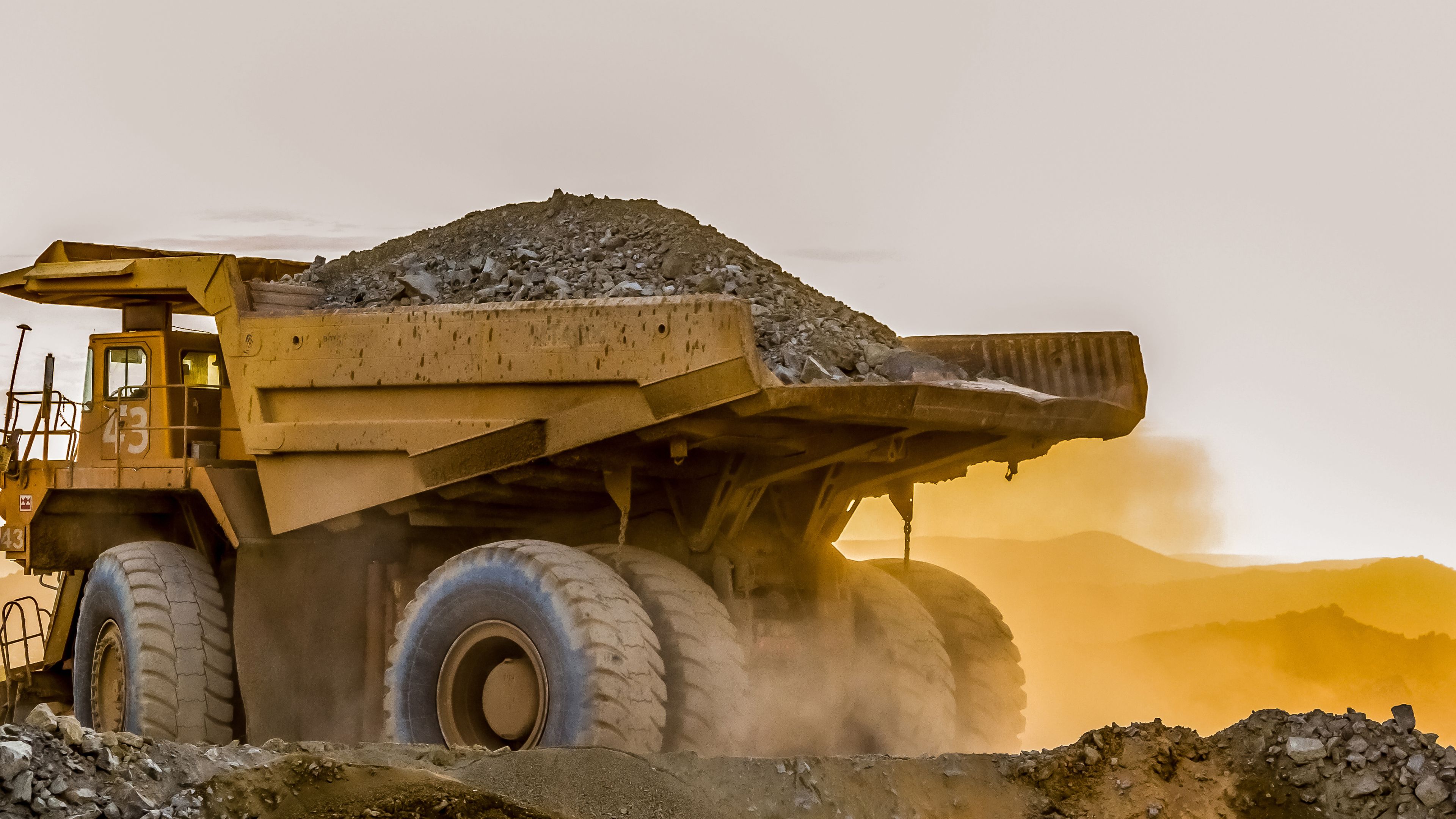
Understanding risks related to plant hire agreements
Plant hire agreements set out the terms under which machinery and equipment are rented. These agreements define the responsibilities of both the owner (the supplier of the equipment) and the hirer (the party renting the equipment). Key clauses in these agreements determine liability, maintenance responsibilities, and risk allocation. Below are examples and explanations of key clauses commonly found in plant hire agreements.
When insuring plant and equipment businesses, identifying and quantifying the risks associated with hire agreements is an important element when determining the potential premium, as highlighted in the table below.
Plant Hire Agreement Risk Matrix

Typical contract provisions
Hirers and owners alike needs to be aware of the terms of contract they are asking (or being asked to) enter into, the respective obligations of the parties and implications from a risk and insurance perspective. Some of the key terms and provisions in typical plant hire agreements are explained below.
1. Wet Hire vs. Dry Hire
‘Wet Hire’ refers to the hire of equipment along with an operator provided by the owner. The owner remains responsible for the operator's actions and the maintenance of the equipment during the hire period.
Example Clause: “The Owner shall supply the Equipment with an operator. The Operator remains under the control and direction of the Owner, and the Owner retains all responsibility for the operation of the Equipment.”
‘Dry Hire’ refers to the hire of equipment without an operator. The hirer is responsible for operating and maintaining the equipment during the hire period.
Example Clause: “The Hirer agrees to take possession of the Equipment and is solely responsible for its operation, maintenance, and safe usage during the hire period.”
2. Care / responsibility for the plant
This clause outlines the hirer’s obligation to maintain the equipment in good working order and return it in the same condition, subject to fair wear and tear.
Example Clause: “The Hirer shall ensure the Equipment is used in accordance with the manufacturer’s guidelines and returned in good working order, excluding fair wear and tear.”
3. Damage waivers
Damage waiver clauses outline whether the hirer is liable for damage to the plant and under what circumstances liability is waived.
Example Clause: “Subject to the Hirer’s compliance with all terms of this agreement, the Owner waives its right to claim for accidental damage to the Equipment, excluding instances of negligence or misuse by the Hirer.”
4. Hold harmless clauses
These clauses protect one party from liability arising from specific events.
Example Clause: “The Hirer agrees to indemnify and hold harmless the Owner from all claims, damages, and liabilities arising from the use of the Equipment, except where caused by the Owner’s negligence.”
5. Insurance clauses (damage and liability)
These clauses specify which party is responsible for insuring the plant and any liability arising from its use.
Owner insures
Example Clause: “The Owner shall maintain insurance for loss or damage to the Equipment. The Hirer shall not be responsible for damage beyond fair wear and tear unless caused by misuse, negligence, or unauthorised modifications.”
Hirer insures
Example Clause: “The Hirer shall maintain comprehensive insurance covering damage, theft, and third-party liability arising from the use of the Equipment. Proof of such insurance shall be provided upon request.”
Importance of understanding hirer risks
Hirers must carefully review plant hire agreements to understand the risks they assume. Failure to comprehend these risks may result in unexpected financial liability, including:
- Equipment Damage Costs: If the agreement places full responsibility on the hirer without an effective damage waiver, the hirer may be liable for expensive repairs or replacement costs.
- Liability for Accidents: In cases of hold harmless clauses or where the hirer insures, they may be responsible for all third-party liability claims.
- Insurance Considerations: The insurance requirements should align with the risks assumed. If a hirer insures, they must ensure their policy covers damage, theft, and liability risks under the hire agreement.
Proper risk assessment and insurance coverage are essential to mitigating financial exposure. Hirers should seek legal or insurance advice to ensure they are adequately protected when entering into plant hire agreements.
Contact us
Speak to or email one of our Plant & Equipment Team for a quote or assistance.